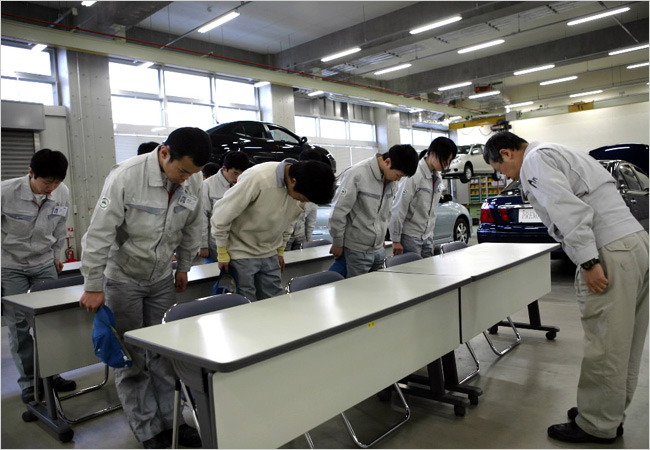Have you ever faced complex decision-making situations or tried to analyze intricate relationships between different elements? If so, you may have found yourself in dire need of a visual tool that can simplify the process and present information in a clear and organized manner. Tree diagrams come to the rescue in such situations, offering a powerful way to represent hierarchical structures, visualize probabilities, and analyze various scenarios. In this blog post, we will delve into the world of tree diagrams, exploring their purpose, structure, and diverse applications.
Understanding the Tree Diagram’s Structure:
A tree diagram is a graphical representation of a hierarchical structure or a set of interconnected elements. It closely resembles a tree, with a single “root” node at the top, connected to various branches that lead to multiple “leaf” nodes at the bottom. Each node in the diagram represents a specific event or decision point, and the branches emanating from each node depict possible outcomes or subsequent events.
Here’s an example of a basic tree diagram:

In the above diagram, we have a root node that splits into two branches, each further subdivided into two leaf nodes. Tree diagrams can become increasingly complex, with multiple levels and numerous branches representing a wide range of scenarios and possibilities.
The Purpose of Tree Diagrams:
Tree diagrams serve various purposes and are widely used in diverse fields due to their versatility. Some of the primary purposes include:
- Decision Analysis: Tree diagrams are extensively utilized in decision-making processes to assess the consequences of various choices. By laying out different decision pathways and their potential outcomes, decision-makers can make well-informed choices, considering both risks and rewards.
- Probability and Statistics: In probability theory, tree diagrams help illustrate the different combinations of events and their associated probabilities. They are instrumental in calculating the overall likelihood of certain outcomes in complex situations.
- Risk Assessment: Tree diagrams aid in assessing and mitigating risks by visualizing potential events and their potential consequences. This allows organizations to devise strategies to minimize negative outcomes.
- Project Management: Tree diagrams are used in project planning and scheduling to outline tasks, milestones, and dependencies. They help project managers identify critical paths and manage resources efficiently.
- Machine Learning and Data Science: In data science, tree diagrams are employed in decision tree algorithms to model and predict outcomes based on input variables. Decision trees are a popular technique for classification and regression tasks.
Applications of Tree Diagrams:
Let’s explore a few real-life applications of tree diagrams:
1. Medical Diagnosis: Doctors often use tree diagrams to arrive at accurate diagnoses. By considering a patient’s symptoms, test results, and medical history, the doctor can create a decision tree to reach a conclusive diagnosis efficiently.
2. Financial Planning: Tree diagrams are employed in financial planning to help individuals or businesses make sound investment decisions, analyze potential returns, and assess risk tolerance.
3. Game Theory: In game theory, tree diagrams are used to model strategic interactions between players and anticipate possible outcomes in games such as chess, poker, or business negotiations.
4. Fault Analysis: Engineers use tree diagrams to analyze system failures or faults in complex machinery or industrial processes. This helps them trace the root cause of the problem and implement effective solutions.
In conclusion, tree diagrams are a valuable visual tool that simplifies complex scenarios and enhances decision-making processes across various domains. From strategic planning to risk assessment and medical diagnoses, these graphical representations offer invaluable insights into the intricacies of interconnected events and choices. By leveraging the power of tree diagrams, individuals and organizations can make informed decisions, predict outcomes, and navigate the complexities of the world with confidence.
Remember, a picture is worth a thousand words, and a well-constructed tree diagram can be the key to unlocking countless possibilities. So, the next time you encounter a tangled web of decisions and outcomes, turn to the tree diagram and watch as clarity and understanding bloom before your eyes.
Note: Below are a few examples of tree diagrams that further elaborate on the concept:
Example 1: Decision Analysis

Example 2: Probability and Statistics

Example 3: Project Management

The possibilities are endless, and tree diagrams can be adapted to suit the specific requirements of any scenario, making them an invaluable tool for visualizing and navigating complex decision landscapes.









